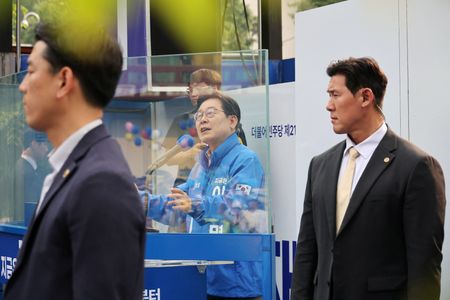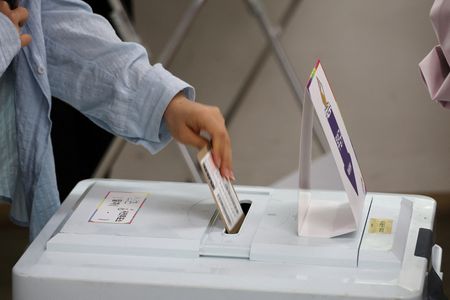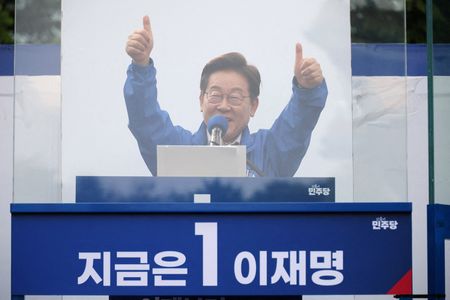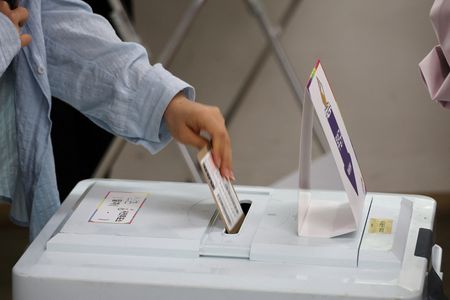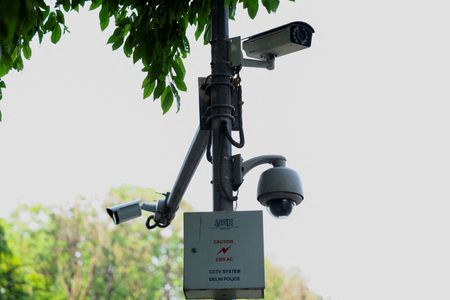By Hyunjoo Jin and Jack Kim
SEOUL (Reuters) -The two black boxes on the Boeing jet involved in the worst aviation disaster on South Korean soil stopped recording about four minutes before the accident, the transport ministry said on Saturday.
South Korean investigators previously said the flight data and cockpit voice recorders were key to finding out the cause of last month’s crash that killed 179 people.
It happened about four minutes after the pilot of the airliner operated by Jeju Air reported a bird strike.
Authorities investigating the crash plan to analyse what caused the black boxes to stop recording, the ministry said in a statement.
The voice recorder was initially analysed in South Korea, and, when data was found to be missing, sent to a U.S. National Transportation Safety Board laboratory, the ministry said.
Black box recorders collect data on communications involving pilots in the cockpit as well as how the aircraft systems perform in-flight.
Jeju Air 7C2216, which departed the Thai capital Bangkok for Muan in southwestern South Korea, belly-landed and overshot the regional airport’s runway on Dec. 29, exploding into flames after hitting an embankment. Only two people survived – crew members who were sitting in the tail section.
Two minutes before the pilots declared a Mayday emergency call, air traffic control gave caution for “bird activity”.
Sim Jai-dong, a former transport ministry accident investigator, said the discovery of the missing data from the budget airline’s Boeing 737-800 jet’s crucial final minutes was surprising and suggests all power, including backup, may have been cut, which is rare.
The transport ministry said other data available would be used in the investigation and that it would ensure the probe is transparent and that information is shared with the victims’ families.
Some members of the victims’ families have said the transport ministry should not be taking the lead in the investigation and that it should involve independent experts, including those recommended by the families.
The investigation has also focused on the embankment the plane crashed into, which was designed to prop up a “localiser” system used to assist aircraft landing, including why it was built with such rigid material and so close to the end of the runway.
(Reporting by Hyunjoo Jin and Jack Kim; Editing by William Mallard and Barbara Lewis)


